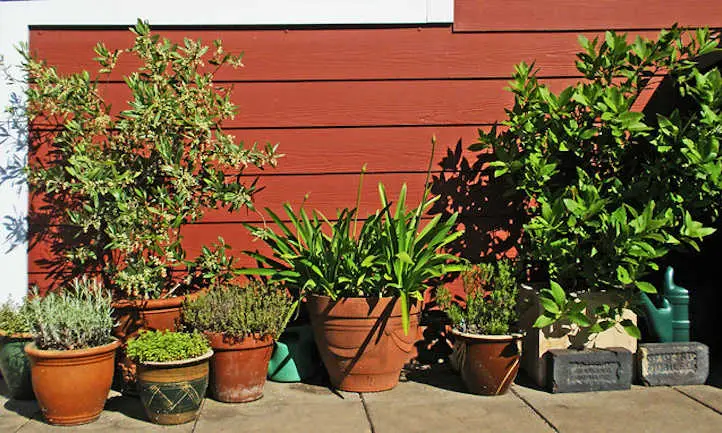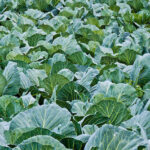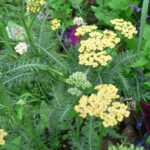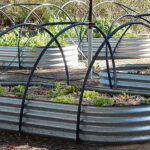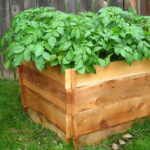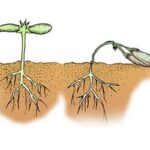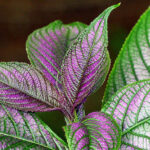No matter who you are, Mediterranean herbs are a must-have for your herb garden. Originating from the countries surrounding the Mediterranean Sea, these herbs prefer warm climates and well draining soils.
Each of these spices or herbs gives a regional expression to the dishes it’s used in. Depending on the Mediterranean spices and herbs you use in cooking, your dish can be Greek, Turkish, Italian, and so on!
Today, these herbs are popular worldwide. Everyone has at least a couple of these classic culinary herbs in their pantry. They’re considered staples for most cooking. From cumin and oregano through mint and cilantro, you’ll find a wealth of delicious flavor.
Best of all, most of these herbs are surprisingly easy to grow. Building an herb garden around these culinary staples is easy and rewarding, and you’ll never lack for your favorite flavors!
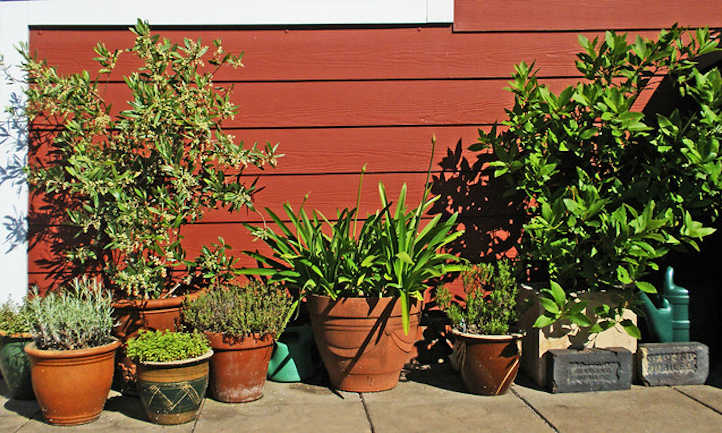
Drought-Tolerant Mediterranean Herbs
Some herbs have extremely low water requirements and are considered as drought-tolerant. These plants often grow in poor soil conditions or dry and arid conditions.
Cumin
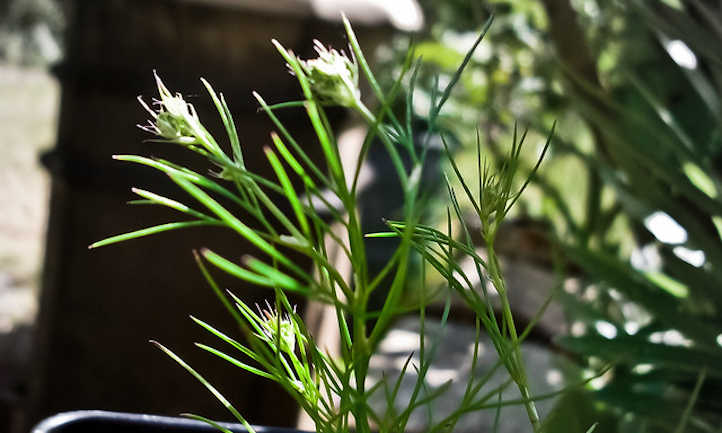
The powdered cumin that we use is usually the dried seeds of Cuminum cyminum, ground into dust. This member of the parsley family is a flowering plant that can grow up to 1 to 2 feet in height. The flowers are small, typically white or pink, and appear in fragrant umbels in midsummer.
Cumin plants mature about 120 days after planting. The seeds are brownish-yellow and oblong. Cumin needs at least four months of hot and sunny conditions to set seeds. Ground cumin, which is most commonly used, is made by grinding dry and roasted cumin seeds.
Lavender
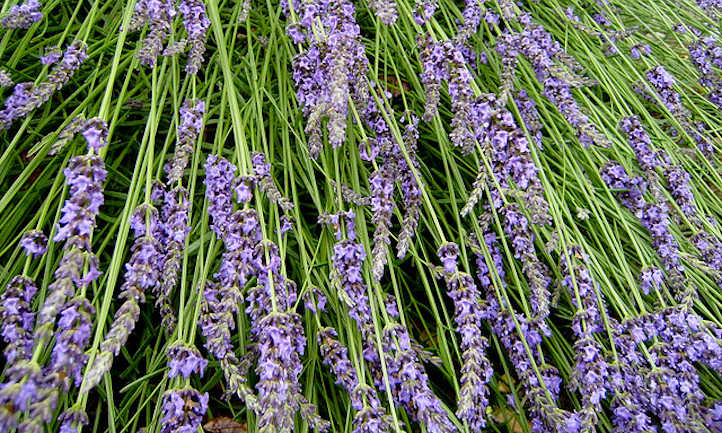
The Lavandula or lavender genus has 47 known species. All types of lavender are flowering species with an appealing fragrance. The upright flower spikes and foliage are also beautiful, and many people grow lavender as ornamental plants. Depending on the type of lavender, the flowers may be blue, lilac, violet, or blackish-purple.
Lavender is typically harvested in May, June, and July. During the harvesting season, cut bundles of lavender, leaving at least a few inches of green growth. Wrap a rubber band around the bundle at the bottom. Hang these bundles in a dark, well-ventilated place to dry. Once the lavender is completely dry, you can easily snap off the dried flowers for pantry use.
Marjoram
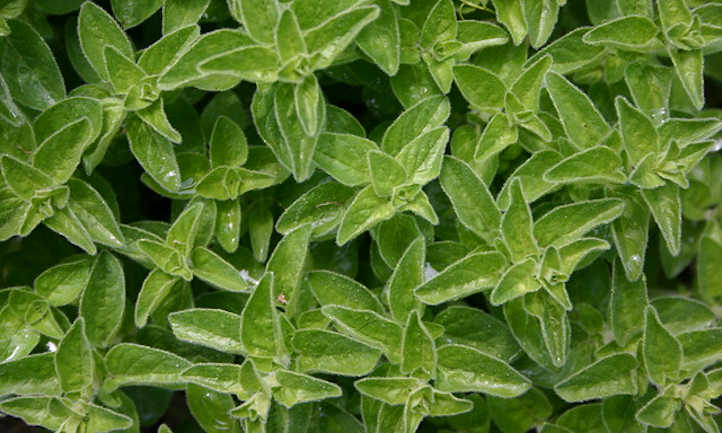
Marjoram is a perennial Mediterranean herb. In ancient Greek and Roman times, it was considered to be a symbol of happiness. Today, it is typically cultivated for its aromatic leaves. It looks very similar to oregano, but has a sweet flavor where oregano’s flavor is spicy. Still, it’s closely related to oregano, and is botanically referred to as Origanum majorana.
In Mexico, these sweet leaves are paired with oregano and thyme to create hierbas de olor, the equivalent to a Mexican bouquet garni. It’s often used as part of herbes de Provence or za’atar as well. Marjoram can be used fresh, may be chopped finely and frozen in small ice cube trays for storage, or can be dried for later use.
Oregano
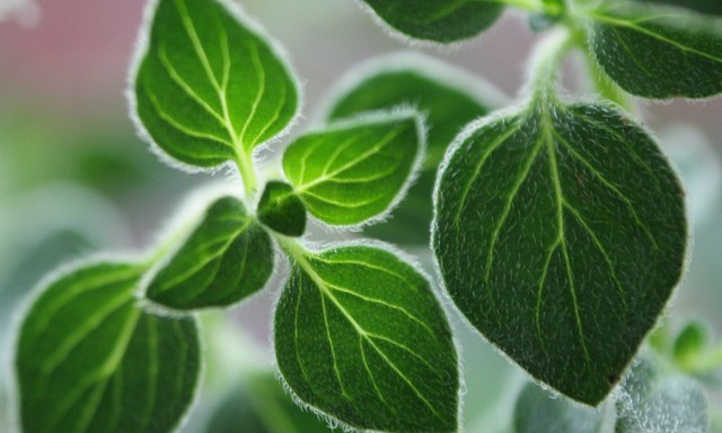
Belonging to the mint family, oregano blooms white, rose, or purple spade-shaped flowers. Oregano is closely related to marjoram and even goes by the name of wild marjoram. It’s considered a staple of Greek or Italian cooking.
Greek oregano, also referred to as Origanum vulgare, can actually be more flavorful when dried than fresh. While the fresh oregano leaves also have great culinary use, most will harvest this prized herb’s leaves and dehydrate or dry them. It can be crumbled or powdered for storage. I find myself using oregano to heighten the flavor of most of my favorite dishes, and it’s one of the most commonly-used herbs in the United States today.
Learn More: Growing Oregano
Rosemary
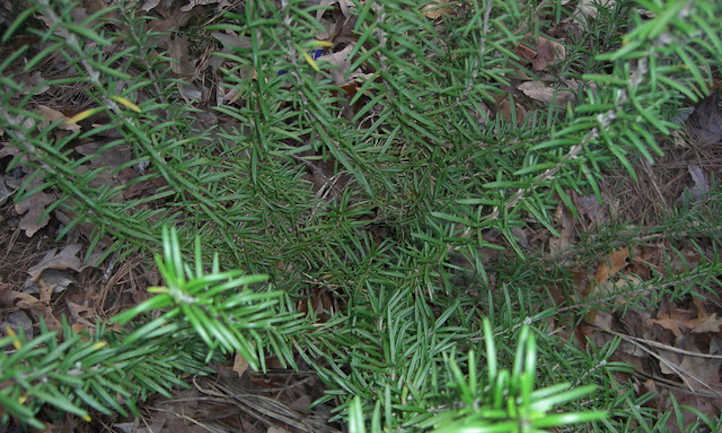
With tiny blue and a distinctive fragrance, rosemary is by and large one of the most popular herbs to grow at home. Using rosemary fresh provides the most pungent flavor to your cooking. Both the slender, spike-like leaves and the stems are used. The leaves are most common, but thick rosemary stems can be used as an aromatic skewer for meats or vegetables.
Two forms of rosemary exist; a prostrate, low-growing or creeping form, and a shrub-like bushy form. Both share the same botanical name, Salvia rosmarinus.
Saffron

Exotic and incredibly expensive, saffron is the harvested stigmas of the Crocus sativus flower. Each flower only has three slender orange or red stigmas, and it can take 50-60 flowers to get a single tablespoon’s worth. This rare spice stains everything it’s used in a golden yellow hue, and its earthy, yet floral fragrance is out of this world.
Most do not consider growing, harvesting, and drying their own saffron, but it’s entirely doable. The bulbs will flower year after year, but each bulb only produces a single flower, so you’ll need a rather large garden to get a reasonable harvest!
Sage

There are hundreds of species of sage, but here we’re referring to culinary sage, Salvia officianalis. Its greyish-green leaves are a common pairing to poultry dishes. It has a sweet, but pine-like aroma and flavor that provides some zest to anything it’s used in.
Sage is most commonly stored dried, but the fresh leaves are magnificent in cooking. A recent trend in fine restaurants is to fry whole sage leaves to use as a scattered topping over steaks or poultry dishes. Whether you dry it and powder it for storage or use it fresh, you’ll love having access to this spice year-round.
Learn More: How To Grow Sage
Savory

The peppery, robust flavor of savory spawned the use of the term “savory” to describe foods that were spicy or salty instead of sweet… and with good reason. Two main varieties, winter savory (Satureja montana) and summer savory (Satureja hortensis) exist, each with its own uses.
Summer savory is a delicate plant with light-green foliage and a sweet, but spicy fragrance. Winter savory is a semi-woody herb with dense, glossy, and leathery leaves. In both cases, it’s the leaves that are used as a culinary spice, but summer savory’s leaves are often harvested while the stems are still green. Winter savory is more flavor-packed in the summer, and thus leaves from that variety are harvested then. It can be used fresh or dried.
Tarragon
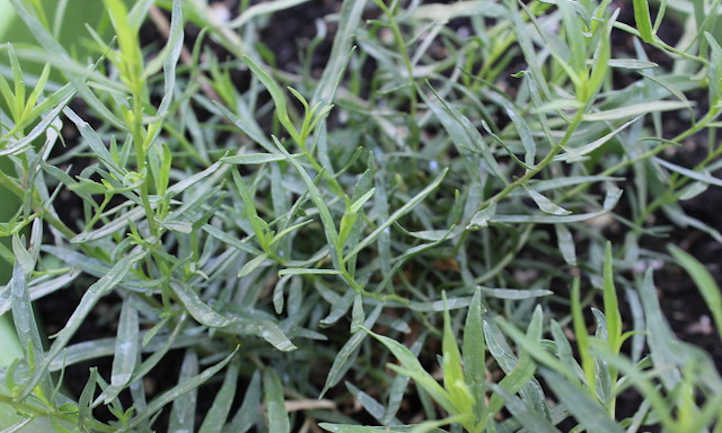
Sometimes called estragon, tarragon (Artemesia dracunculus var. sativa) is a perennial herb with long, light-green leaves and small yellow florets. The most popular culinary variety is French tarragon, which has by far the most distinct flavor but produces sterile seed. Russian tarragon is a fertile variety that has a much milder flavor.
One of the four fines herbes of French cooking, tarragon is used to impart an anise-like tone to a number of dishes. It is also used as fresh leaves to infuse vinegar with its aromatic properties, and can be dried or frozen to store it for later.
Learn more: Growing Tarragon
Thyme
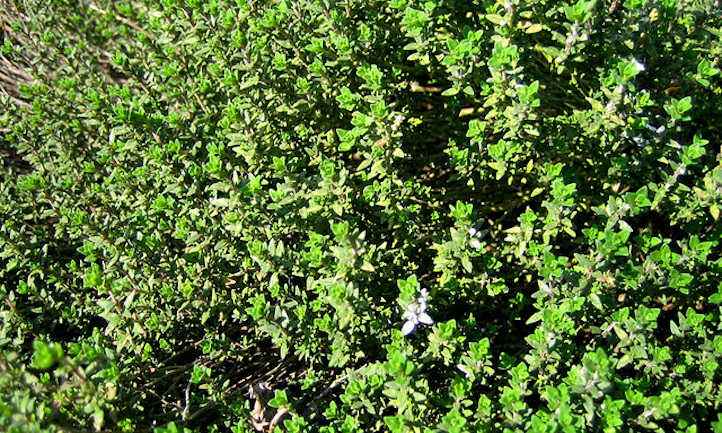
Adding a sprig of thyme to your dish can heighten the flavor while adding a lovely, herbaceous note at the same time. A common pairing with lemon for poultry, thyme has tiny oval leaves on slender stems. Thymus vulgaris, the most popular culinary form, rarely reaches more than 6” in height.
Harvest by clipping off stems filled with lots of the tiny leaves, and then strip the leaves off or tie the stem with its leaves into a bouquet for use in cooking. Thyme leaves can be dried for later use.
Learn More: Growing Thyme
Moisture-Loving Mediterranean Herbs
When growing Mediterranean herbs, not all types are drought-tolerant. Let’s go over a few herbs that you’ll need to have in a moisture-loving portion of your Mediterranean herb garden!
Basil

Ocimum basilicum has a huge number of varieties, but those which we most commonly think of as being Mediterranean are lettuce leaf, purple, or globe varieties. Its name, basil, is believed to have originated from the Latin or Greek “royal/kingly plant”, likely because it was used to make royal perfumes.
In the Mediterranean herb garden, basil is a must-grow Mediterranean spice. One of the most common Greek herbs, it’s also widely used for Italian cooking. But it’s not limited to the cuisines of the mediterranean region. Thai, Chinese, Korean and many other Asian cuisines use it too. It dries well, but absolutely shines when freshly picked.
Learn more: Growing Basil
Chervil

This delicate little leafy herb is related to parsley and is also one of the fines herbes of French cuisine. Chervil (Anthriscus cerefolium) produces a light, anise-like flavor used to season mild dishes. A cool-loving plant, chervil grows best in partial shade in warmer climates, but should otherwise be grown in spring or fall temperatures.
While it can be dried for later storage, chervil loses quite a bit of its flavor that way. It’s best used when newly picked, but should be harvested when the leaves are small. Larger leaves can develop a bitter note.
Chives
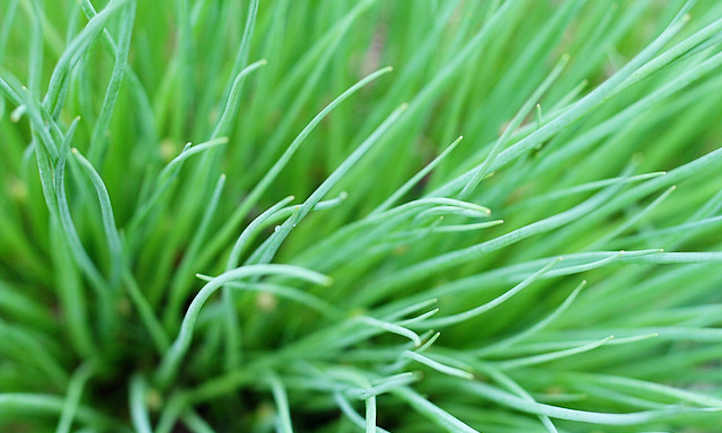
Alliums are always popular, and chives (Allium schoenoprasum) are among the most-favored. These tiny little tubular leaves produce a delicious onion-like flavor and are widely used as a topping for an added spark of life. They’re also an incredible lure to pollinating insects, so make a great garden companion.
Use a pair of scissors to snip off the greens and use them while they’re still crisp and flavorful. Dried chives lose a lot of their unique and delightful flavor as well, although freeze-drying retains at least part of it.
Learn more: Growing Chives
Cilantro (aka Coriander)
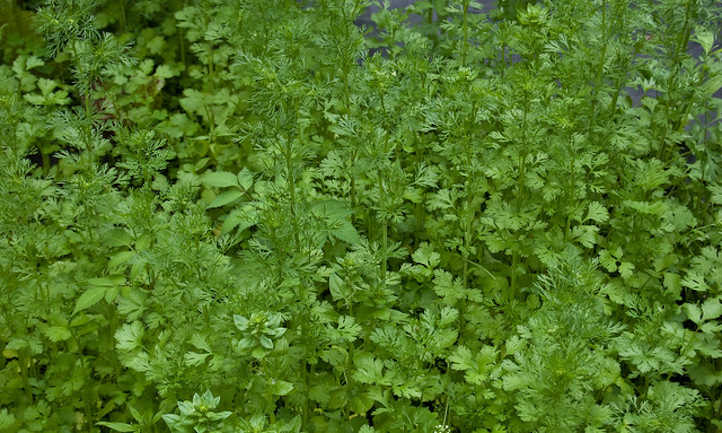
Did you know that both of these spices are different parts of the same annual herb, Coriandrum sativum? Cilantro is the leaves of the plant, while coriander is its seeds. We often think of cilantro as an essential Mexican or Thai spice, but coriander was a stable in the Mediterranean herb garden as well.
The leaves can be dried, but lose most of their flavor. It’s best to make a paste of the cilantro and freeze it for long-term storage instead. Fresh use is recommended. Once the seeds form, you can use them when green or once they’ve dried and turned brown, but green produces the better flavor if using them right away.
Learn More: Growing Cilantro
Fennel
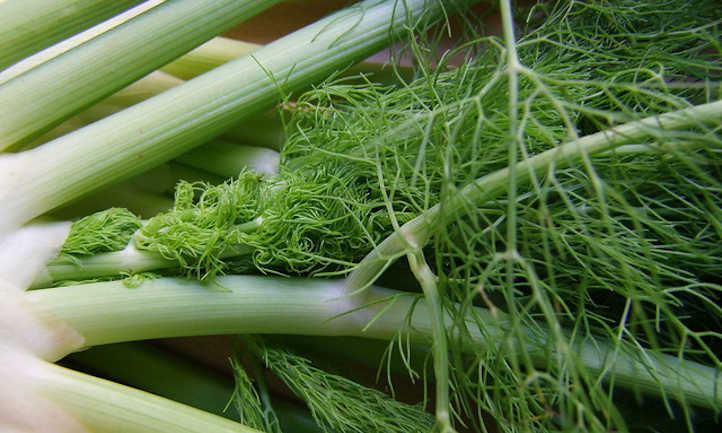
In Greek, fennel is named “marathon”, and in fact the town Marathon from which the famous race got its name was named after the fennel that naturally grew in the region. All parts of fennel (Foeniculum vulgare) are edible. The leaves and flowers are culinary herbs, the bulb a vegetable, and the dried fruit a spice.
Use the leaves fresh or dry them for storage. The fruit itself is often dried and then powdered to blend into spice mixes. Alas, the bulb isn’t as easy to store as the rest of the plant.
Garlic
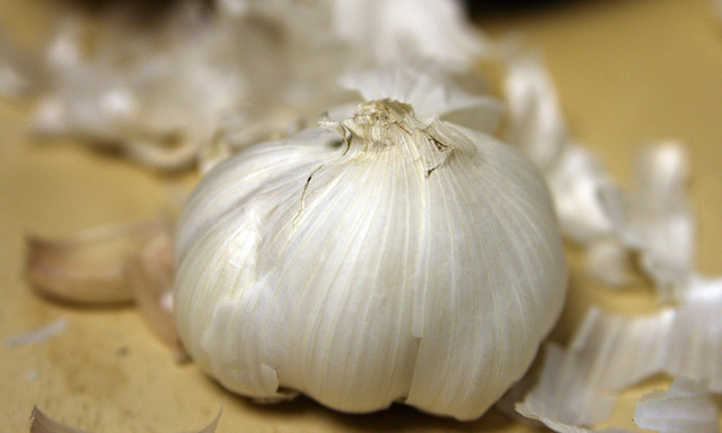
We all love garlic, even if it makes our breath stink. All parts of this plant are edible too, but the best-loved part is its distinctive bulb. Garlic (Allium sativum) also produces tasty greens and edible scapes that make for a delicious delicacy.
What’s stored of this plant is its bulb. Once dried, the bulb can be stored whole, or chopped, minced, or powdered dry storage. You’ll know it’s time to harvest when the green parts of the plant begin to yellow and die back.
Learn more: Growing Hardneck Garlic
Mint
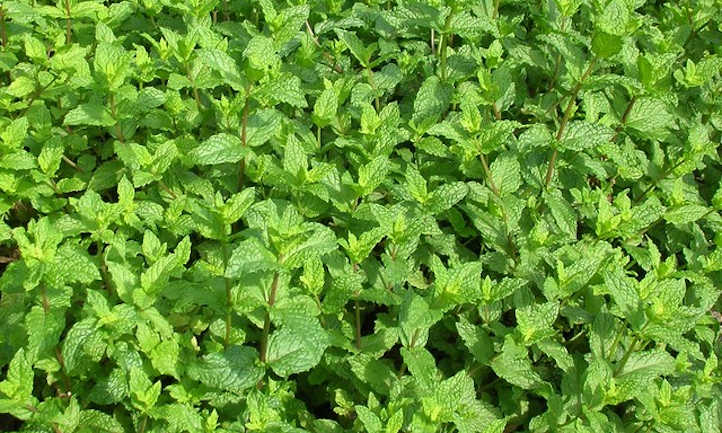
Mentha, the family of mint plants, spans a wide range of flavor profiles. Most grow the best in damp soils, but even in drier conditions it can hold on. This plant grows wild across much of the world now, and is known to be invasive. But invasive or not, it’s certainly tasty!
Dried mint leaves store extremely well and are used as teas or culinary herbs. Young fresh mint leaf clusters can be used to garnish drinks or dishes, and the leaves themselves add a pop of flavor to salads and other dishes.
Learn More: Growing Mint
Paprika

Sweet peppers (Capsicum annuum) are harvested and dried, then ground into the powder that we now know as paprika. Sometimes smoked to enhance the flavor, this paprika powder is used widely as a mild spice.
The peppers should only be harvested from the plant once it has achieved a brilliant red color. That gives the eventual spice its distinctive shade. Ground paprika can be stored for up to a year before it begins to lose some of its flavor.
Parsley

Native to the central and eastern Mediterranean region, parsley (Petroselinum crispum) is a staple in most kitchens. Italian parsley has flat, bright green leaves, while the curly-leafed parsley is used as a garnish. A mild bitter flavor can be detected from the fresh parsley leaves, and it’s reputed to be an excellent breath-freshener.
Dry the leaves for long-term storage, or turn the fresh ones into a paste and freeze it. Using it in salads or dishes as a freshly-picked herb is also an excellent choice.
Turmeric

The final herb on our list is technically not used as an herb at all, but if you grow herbs, you’ll probably want to include this spice. Turmeric (Curcuma longa) is derived from the rhizomes of an herbaceous perennial. Its distinctive rhizomatic roots are harvested, boiled, then dried and ground into an orangish-yellow powder used for seasoning and coloring food.
As the plant dies back in the fall, carefully dig up the root system. Select the largest, and leave a few left behind to allow the perennial plant to come back up the next year.

